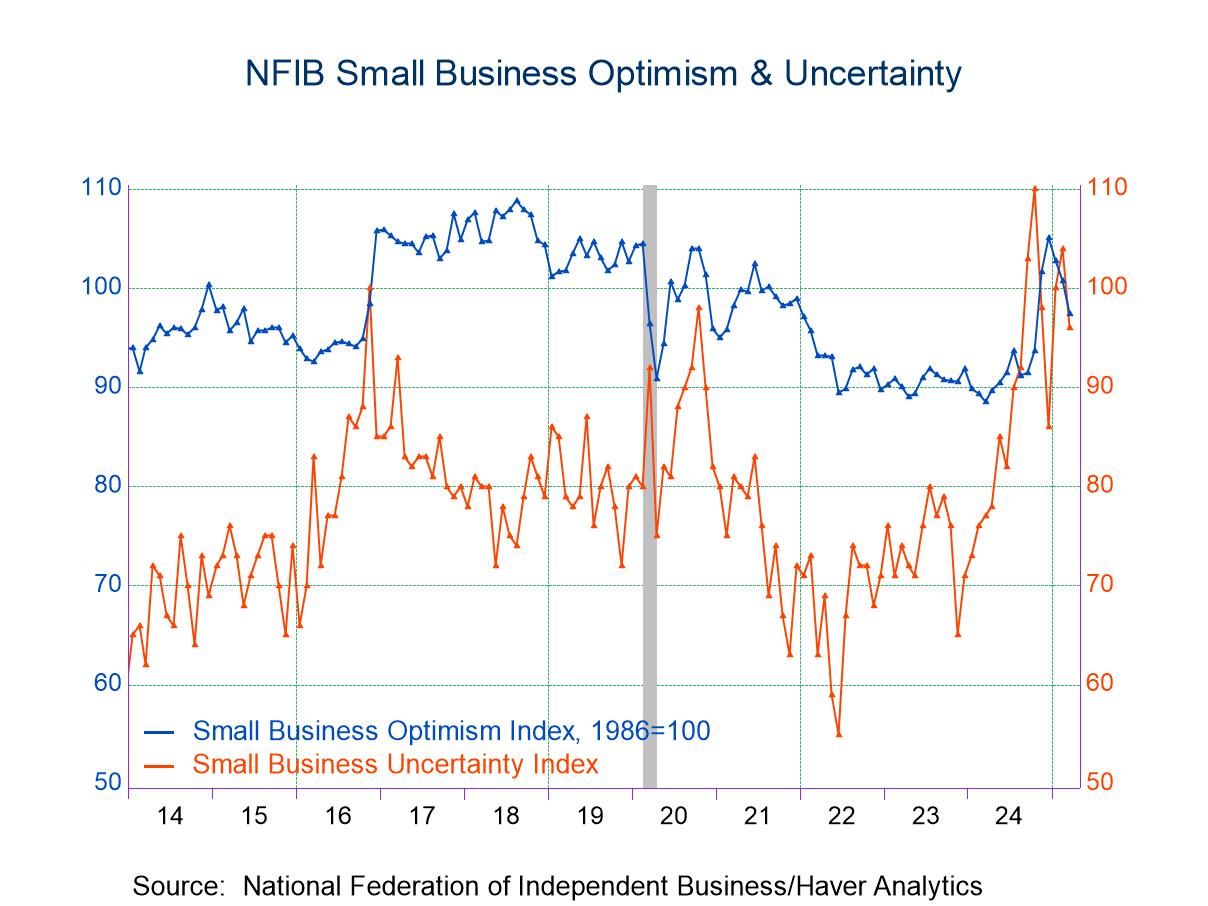U.S. Unemployment Insurance Claims Rise Modestly, but Prior Week Revised Down
Summary
- May 20 week initial claims up 4,000.
- Latest continuing claims decreased 5,000.
- Insured unemployment rate holds steady for 4th straight week.


Initial claims for unemployment insurance increased to 229,000 seasonally adjusted (+6.5% y/y) in the week ended May 20 from 225,000 the week before; that earlier week was revised down from 242,000 initially reported. The Action Economics Forecast Survey had expected 243,000 in the May 20 week. The four-week moving average of initial claims was 231,750 in the May 20 week, unchanged from the prior week.
The number of continued weeks claimed, “insured unemployment,” eased to 1.794 million (+25.3% y/y) in the May 13 week, down from 1.799 million the prior week, which was unrevised. The four-week moving average of continued weeks claimed was 1.800 million in the May 13 week, down slightly from 1.812 million the week before.
For the May 13 week, the insured unemployment rate – continued claims as a percent of covered employment – was 1.2%, steady for a fourth consecutive week. This rate has been between 1.2% and 1.3% since late January and compares with 0.9% in September and early October last year, which is the all-time low for this measure of unemployment.
In the week ended May 6, the total number of continued weeks claimed for all unemployment insurance programs was 1.638 million (+24.4% y/y), down from 1.687 million the week before. The recent high was 2.000 million in late February. The total includes federal employees, newly discharged veterans, extended benefits and other specialized programs and is not seasonally adjusted. Claims in the Pandemic Unemployment Assistance program and Pandemic Emergency Unemployment Compensation are no longer included in the main Labor Department press release.
The insured rates of unemployment in regular programs vary widely across states. In the May 6 week, the highest insured rates of unemployment were in California (2.25%), New Jersey (2.16%), Massachusetts (2.02%), New York (1.60%) and Oregon (1.59%). The lowest rates were in South Dakota (0.19%), Nebraska (0.33%), Virginia (0.34%), Kentucky (0.37%) and Tennessee (0.38%). Rates in other large states include Illinois (1.44%), Pennsylvania (1.27%), Texas (0.95%) and Florida (0.41%). These state data are not seasonally adjusted.
Data on weekly unemployment claims go back to 1967 and are contained in Haver's WEEKLY database, and they are summarized monthly in USECON. Data for individual states are in REGIONW. The expectations figure is from the Action Economics Forecast Survey, carried in the AS1REPNA database.


Carol Stone, CBE
AuthorMore in Author Profile »Carol Stone, CBE came to Haver Analytics in 2003 following more than 35 years as a financial market economist at major Wall Street financial institutions, most especially Merrill Lynch and Nomura Securities. She has broad experience in analysis and forecasting of flow-of-funds accounts, the federal budget and Federal Reserve operations. At Nomura Securites, among other duties, she developed various indicator forecasting tools and edited a daily global publication produced in London and New York for readers in Tokyo. At Haver Analytics, Carol is a member of the Research Department, aiding database managers with research and documentation efforts, as well as posting commentary on select economic reports. In addition, she conducts Ways-of-the-World, a blog on economic issues for an Episcopal-Church-affiliated website, The Geranium Farm. During her career, Carol served as an officer of the Money Marketeers and the Downtown Economists Club. She has a PhD from NYU's Stern School of Business. She lives in Brooklyn, New York, and has a weekend home on Long Island.






 Asia
Asia